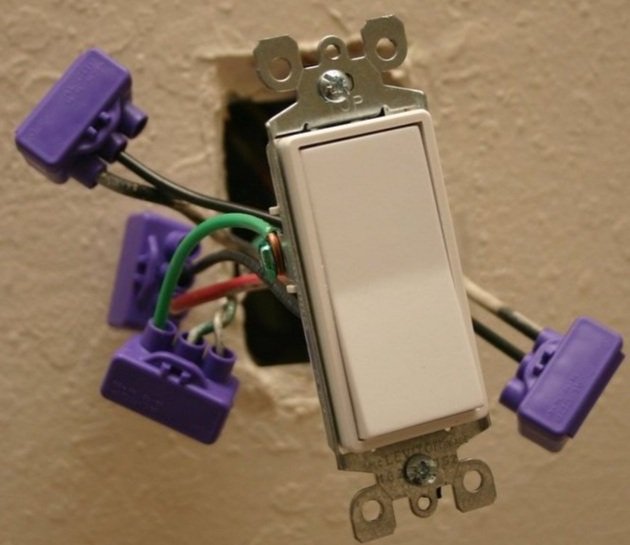Single Strand Aluminum Branch Wiring: Why it's hazardous and common remediation methods
/When it comes to the electrical wiring in your home, safety is of paramount importance. One type of wiring that has proven to be particularly hazardous over time is single strand aluminum branch wiring. This type of wiring was used in homes during the 1960s and 1970s as a cheaper alternative to copper wiring. However, over time it was discovered that single strand aluminum wiring poses a serious fire hazard and needs to be remediated. The presence of single strand aluminum branch wiring may even prevent you from obtaining homeowner's insurance or may raise the rates of your premium.
The danger of single strand aluminum wiring in homes
The primary issue with single strand aluminum wiring is that it can become hot and start to oxidize over time. This can lead to overheating and even fires. Unlike copper wiring, which is a good conductor of electricity, aluminum wiring has a higher electrical resistance. As a result, it generates more heat when electricity is passed through it. This heat can cause the insulation around the wiring to melt, and it can even ignite nearby flammable materials.
The risk of fire is particularly high in homes with single strand aluminum wiring because it is often installed in areas where it is difficult to access, such as inside walls and ceilings. As a result, it can be difficult to detect when it is overheating and posing a risk.
Methods for remediation
There are a few methods for remedying single strand aluminum wiring in homes. The most effective method is to completely replace the wiring with copper wiring. This involves removing the existing wiring and installing new copper wiring throughout the home. This is the most expensive and time-consuming option, but it is also the most effective and reliable solution.
Another option is to retrofit the existing wiring with connectors that are specifically designed for use with aluminum wiring. These connectors are called COPALUM or Alummiconn connectors and are designed to create a secure connection between the aluminum wiring and the copper connectors used in electrical outlets and switches. This method can be less expensive than completely replacing the wiring, but it is important to note that it is not always effective in preventing overheating and fires. Also, make sure to check with your insurance provider about insurability for this type of remediation.
Conclusion
If you own a home that was built during the 1960s or 1970s, it is important to have your electrical wiring inspected to determine whether it contains single strand aluminum branch wiring. If it does, it is important to take steps to remediate it to prevent the risk of fire. While it can be expensive to replace the wiring or retrofit it with connectors, it is a small price to pay for the peace of mind that comes with knowing that your home is safe from the dangers of single strand aluminum branch wiring.
Megan Hall Owner True Home Inspections FL Licensed Home Inspector #HI11782




